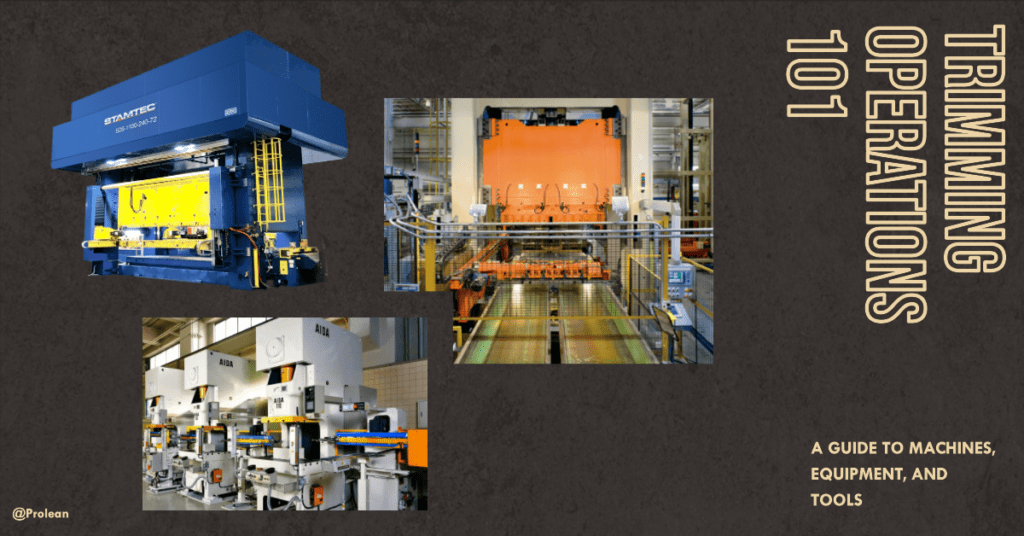
Trimming operations play a crucial role in sheet metal manufacturing. They ensure that the products meet exacting standards and possess a perfect finish, devoid of any burrs or rough edges. To achieve such precision, manufacturers use a range of specialized machines, tools, and equipment. This article will delve into the common machinery utilized and the role each piece plays in the sheet metal trimming.
This article explores the common machinery, tools, and equipment used in trimming operations in sheet metal manufacturing, as well as the trimming process itself and advanced technologies that have revolutionized the industry.
What is Trimming in Sheet Metal Manufacturing?
Trimming in sheet metal manufacturing refers to the process of removing excess material from a sheet metal blank after forming. This operation provides a smooth edge and accurate dimension to the part, making it more functional and aesthetically pleasing.
The main features of trimming operations are:
1 Achieving desired specifications
Sheet metal parts require a variety of operations to achieve the desired specifications. One critical operation is trimming. Trimming is the process of cutting away any unwanted or excess material from the sheet metal part. This process not only results in a smoother edge finish, enhancing the part’s appeal and safety, but it also ensures that the parts are of precise size and shape as per the specifications.
2 Quality Assurance
Trimming plays a crucial role in achieving the desired quality of sheet metal parts. It ensures that the parts meet the required specifications and tolerances. Additionally, trimming is often the final step in the sheet metal forming process. This signifies its importance in quality control. Without proper trimming, the sheet metal part’s quality may not meet the required standards, leading to defects and non-conformance.
3 As a Final-step
It is essential to carry out trimming operations with the utmost care and precision to ensure that the sheet metal parts meet the required specifications and tolerances. The importance of trimming cannot be overstated, as it plays a critical role in achieving the desired quality and safety of sheet metal parts.
The Trimming Process
The trimming process begins with placing the sheet metal part in a trimming die. The die is designed to match the shape of the part and to remove the excess material precisely. The die is then pressed onto the part, and the excess material is sheared off.
Table: Key Steps in the Trimming Process
| Steps | Description |
|---|---|
| Step 1 | Designing the trimming die based on the part’s design |
| Step 2 | Positioning the part in the die |
| Step 3 | Applying pressure to shear off the excess material |
| Step 4 | Inspecting and verifying the part’s dimensions |
Machines Used in Trimming Operations
Different types of machines are used in trimming operations depending on the size, shape, and complexity of the part.
Hydraulic Presses
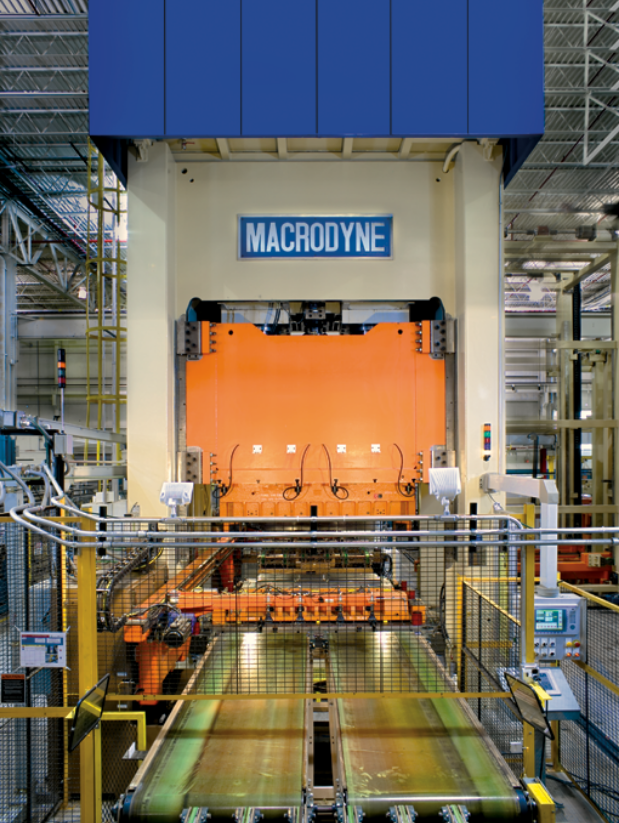
Hydraulic presses are often used in trimming operations because they can apply a large amount of force and can accommodate different types of dies. These machines are equipped with hydraulic cylinders that apply pressure to the die and part.
Mechanical Presses
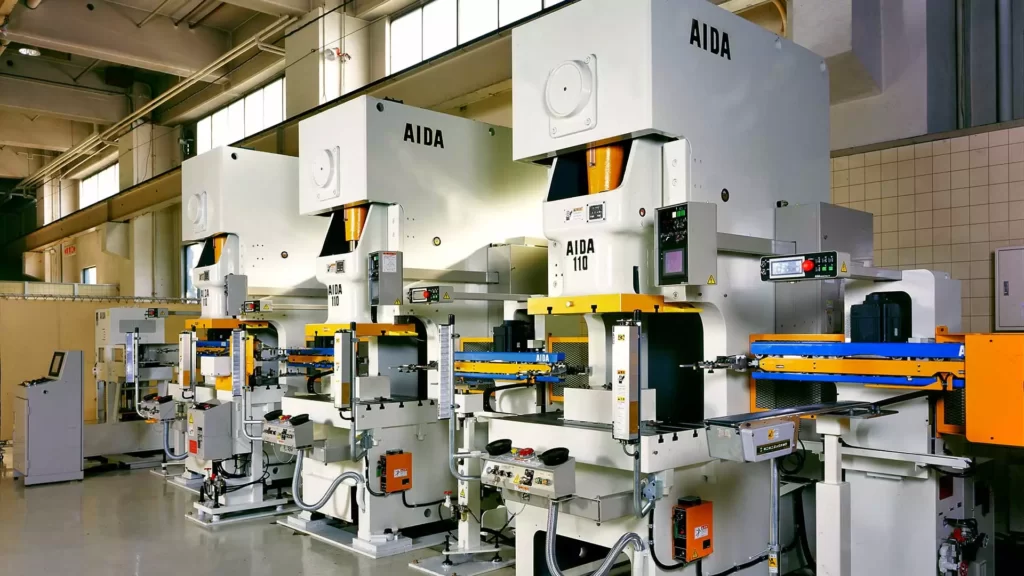
Mechanical presses operate using a motor and flywheel mechanism. They offer high-speed operation, making them suitable for high-volume production runs.
Servo Presses

Servo presses use a servomotor to control the ram’s speed, position, and pressure. They offer precise control over the trimming operation, making them ideal for complex parts.
Table: Comparison of Press Types
| Press Type | Advantages | Disadvantages |
|---|---|---|
| Hydraulic | High force, Versatile | Slower speed |
| Mechanical | High-speed, Cost-effective | Less control |
| Servo | Precise control, Versatile | Higher cost |
Essential Tools and Equipment
A variety of tools and equipment are necessary for trimming operations. The most critical among them are the dies used to trim the parts.
Trimming Dies
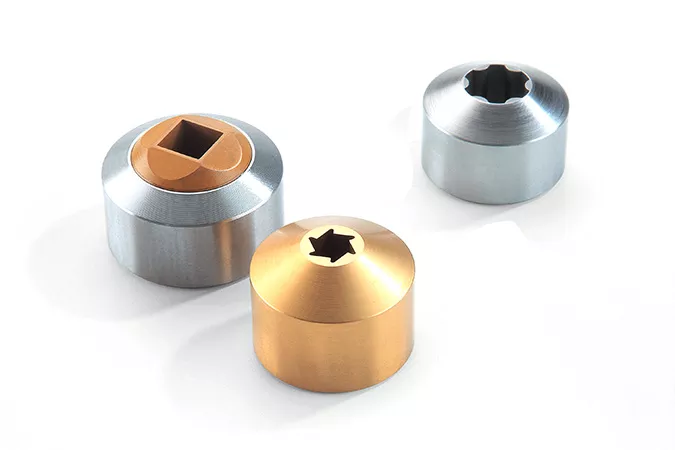
Trimming dies are customized tools that are designed based on the part’s specifications. They are typically made from hardened tool steel to withstand the pressure applied during the trimming operation.
Material Handling Equipment
Material handling equipment, such as conveyors and robotic arms, are often used to transport parts between operations and to load and unload the press.
Measurement and Inspection Tools
Measurement and inspection tools, such as calipers and coordinate measuring machines (CMM), are used to verify the dimensions of the part after trimming.
Table: Essential Tools and Equipment
| Tools/Equipment | Function |
|---|---|
| Trimming Dies | Cut off excess material |
| Material Handling Equipment | Transport parts |
| Measurement and Inspection Tools | Verify part dimensions |
Advanced Technologies in Trimming Operations
Trimming operations in sheet metal manufacturing have been revolutionized with the advent of advanced technologies. The precision, speed, and versatility of these operations have improved drastically due to these technological advancements.
Computer Numerical Control (CNC)
CNC technology has brought significant changes to trimming operations. With CNC, the process is automated, and the machine is programmed to perform the trimming operation with high precision. The accuracy of CNC trimming machines is exceptionally high, making them ideal for complex and intricate designs.
Laser Trimming
Laser trimming is another advanced technology that is used for trimming operations. Laser beams are used to cut and trim the excess material from the sheet metal parts. This process is highly precise and allows for complex patterns and designs.
Robotic Automation
The use of robots in trimming operations has made the process faster and more efficient. Robots can handle parts, operate machines, and perform inspections, reducing the time and labor required for these tasks.
Table: Comparison of Advanced Technologies
| Technology | Advantages | Disadvantages | Applications |
|---|---|---|---|
| CNC | High precision, Automation, Flexibility | High initial cost, Limited adaptability, Requires skilled staff | Ideal for complex and intricate designs, Suitable for high-volume production, and Cost-effective in the long run |
| Laser Trimming | High precision, Greater flexibility, Reduced material wastage | Requires safety measures, High initial cost, Limited adaptability | Ideal for intricate designs, Suitable for low and high-volume production |
| Robotic Automation | Speed, Efficiency, Consistent quality | Requires programming, High initial cost, Limited adaptability | Ideal for high-volume production, Suitable for simple and complex designs, and Cost-effective in the long run |
Prolean’s Sheet Metal Manufacturing Services
Prolean is a leader in sheet metal manufacturing services, with a wide range of capabilities, including advanced trimming operations. Our services are known for their precision, efficiency, and adherence to quality standards. We offer trimming services using advanced technologies, including CNC machines, lasers, and robots. Their services are known for their precision, speed, and reliability.
Quality and precision are hallmarks of Prolean’s services. We use advanced measurement and inspection tools to ensure that all parts meet the required specifications. Our team of engineers and technicians has extensive expertise and experience in sheet metal manufacturing, and work closely with clients to understand their requirements and deliver solutions that meet their needs.
The Importance of Trimming Operations in Sheet Metal Manufacturing
Conclusion
Trimming operations are an integral part of the sheet metal manufacturing process. The importance of these operations cannot be overstated as they have a significant impact on the overall quality, functionality, and aesthetic appeal of the final product. A properly trimmed part ensures the longevity of the product, meets the set industrial standards, and satisfies the customer’s specifications and expectations.
Advanced technologies like CNC, laser trimming, and robotic automation have brought about an industrial revolution, making trimming operations more precise, efficient, and cost-effective. These technologies have enhanced the capabilities of trimming operations, enabling them to handle complex patterns and designs with increased speed and reduced errors.
FAQs
What is trimming in sheet metal manufacturing?
Trimming in sheet metal manufacturing is a process that removes excess material from the edges of a part after it has been formed, improving its appearance and functionality.
What types of machines are used in trimming operations?
Hydraulic presses, mechanical presses, and servo presses are commonly used in trimming operations.
What are some of the advanced technologies used in trimming operations?
Advanced technologies used in trimming operations include Computer Numerical Control (CNC), laser trimming, and robotic automation.
What are Prolean’s sheet metal manufacturing services?
Prolean offers a wide range of sheet metal manufacturing services, including advanced trimming operations, quality control, and customer service.
Why is quality control important in trimming operations?
Quality control is important in trimming operations to ensure that all parts meet the required specifications and that the trimming process has been carried out correctly.

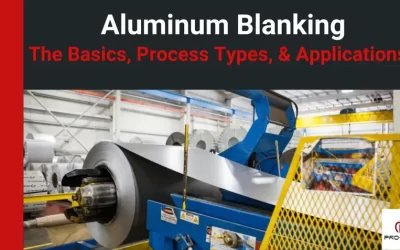
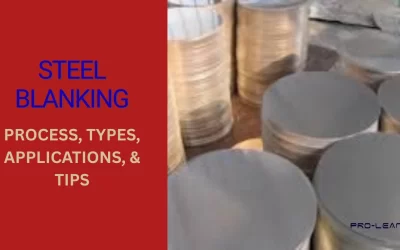
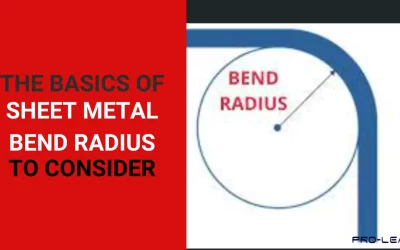
0 Comments